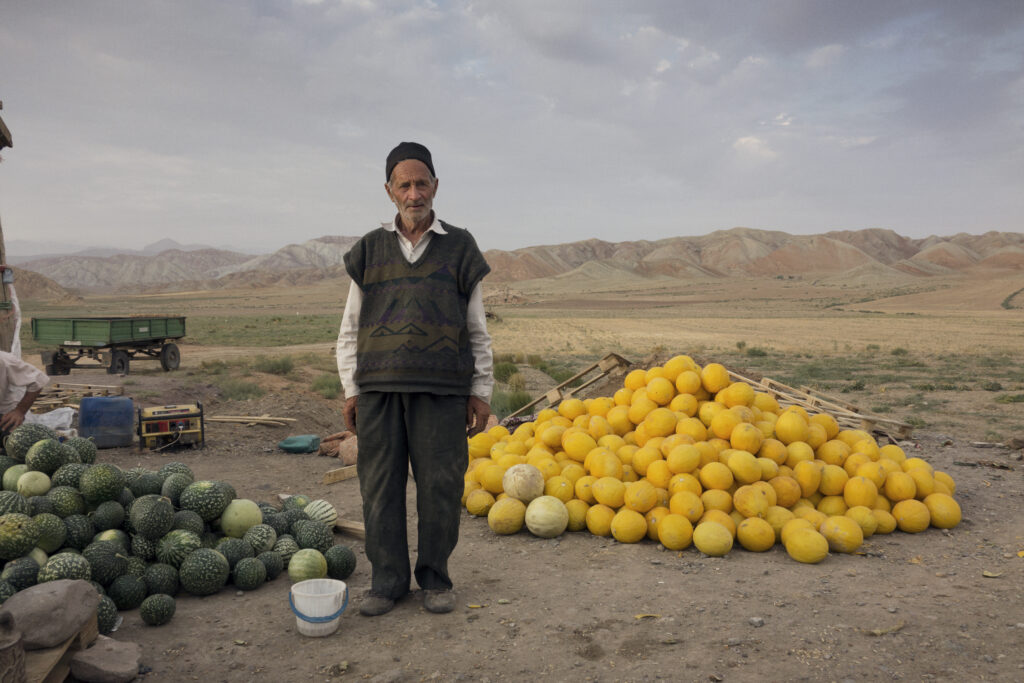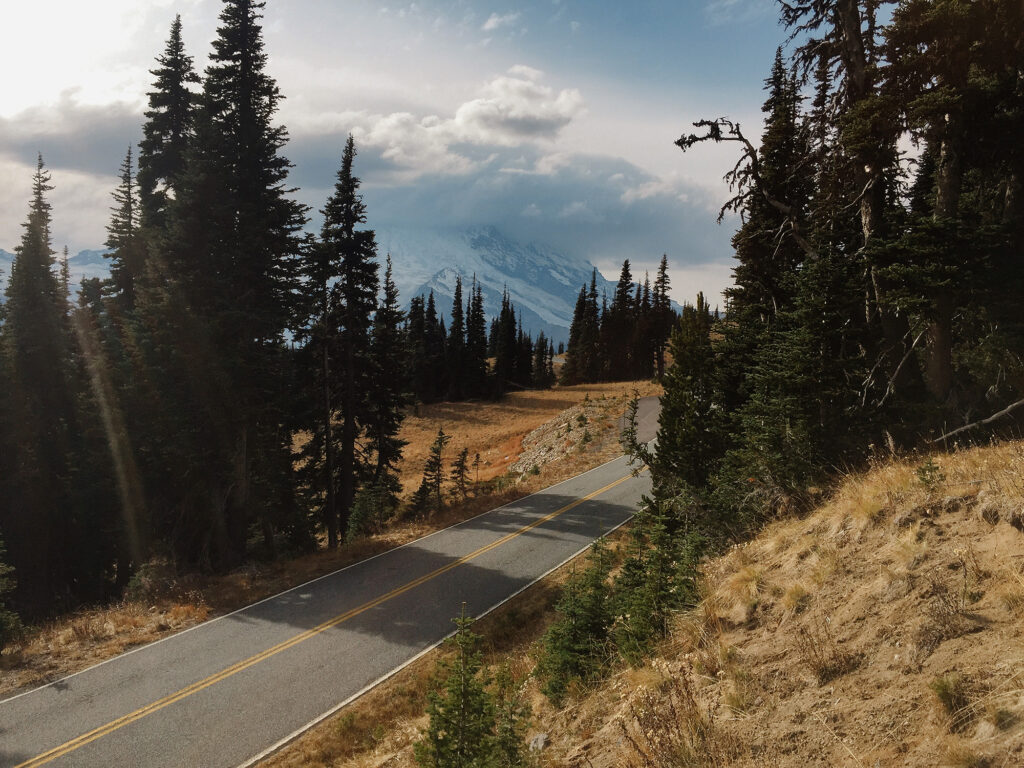
Sabalan, Iran, 2014. © Klaus Thymann
With the pandemic currently dwarfing news outlets, the on-going climate crisis appears a very distant threat. Crucial climate negotiations have been derailed, recycling is on hold and there’s worrying news of rollbacks on environmental regulations across the globe.
However, there are still loads of ways you can help the climate effort. Organised into the categories of Food, Internet, Transport and Energy, we’ve put together a list of impactful measures you can take today and from home. Of course, climate change action should not fall on the shoulders of the individual and we must push for systemic solutions. But we must also recognise the vital role of individual actions, for instance, how they can provide a tangible connection to seemingly impossible climate goals. These acts may seem small, but collectively – we have the power to make a difference.
FOOD
Plant-based diets
If you don’t know about the environmental impacts of animal agriculture by now – what cowpat have you been hiding under?
If you’re reducing your consumption of animal products, whether that’s by being vegan, vegetarian, pescatarian or flexitarian, it’s guaranteed to have a big environmental impact. A diet that excludes animal products reduces the land used for food by 76%, greenhouse gas emissions produced by food by 49%, acidification by 50%, eutrophication by 49% and scarcity-weighted freshwater withdrawals by 19%.
Source: Reducing food’s environmental impacts through producers and consumers (Poore & Nemecek, 2018).
Reducing food waste
Household food waste makes up 70% of all food waste post-farm gate. Here are some tips to reduce the food waste impact on the planet and your pocket:
• Plan meals
• Don’t shop when you’re hungry
• Freeze leftovers
• Learn how to store food effectively, e.g. keep your bananas separate as they ripen other fruits
• Be creative with leftovers, e.g. potato peel crisps
• Make over-ripe fruit and veg into smoothies, bread, jam, sauces or soups
• Know the difference between use-by and best-before dates
• Try ‘ugly’ fruit and veg box schemes, e.g. Oddbox (UK)
Home composting
Home composting is a fantastic way to use up those last few scraps after following the food waste tips above. Some of the most popular options include the Bokashi system and worm composting. These systems can be bought online and are easy to set up.
The Bokashi system is an anaerobic composting system, which uses inoculated bran to ferment kitchen waste. Unlike other forms of composting, this method allows you to throw in meat and dairy scraps. Although the material produced can’t be applied directly to the garden as mulch, the liquid by-product can be fed to plants directly. After fermentation, the solid material is usually buried in trenches or added to a traditional compost heap for further breakdown.
Worm composting, a.k.a. vermicomposting, efficiently produces nutrient-rich compost and concentrated liquid fertiliser. Despite its reputation, if care is taken to set the system up correctly your compost bin shouldn’t be smelly. A downside is that you can’t put cooked food, meat, dairy, citrus or alliums in your worm compost bin.
INTERNET
Did you know that one Google search creates 2-7 g of CO2? 7 g of CO2 is enough to boil a pot of tea or drive a car 52 feet.
The Internet currently produces around 2% of global CO2 emissions and this figure is increasing rapidly. Here are some ways you can reduce your online carbon footprint:
• Reduce email activity – limit the use of the “reply all” option and unsubscribe from unread newsletters.
• Choose a green cloud provider such as Google – the company achieved its goal of running all clouds on renewable energy in 2018.
• Download Spotify playlists and other media for repeat use instead of streaming them.
• Turn devices off – computers continue to use energy even when sleeping.
• Kill the vampire power – unplug chargers that aren’t in use.
• For quick searches, use a tablet or smartphone rather than a laptop or desktop.
Our carbon footprint calculator is powered by carbon neutral servers, and since 2008 when Project Pressure was founded, our website has been hosted on servers powered by renewable energy. Give it a try and learn how you can make further changes to reduce your environmental impact.
TRANSPORT
With travel restrictions still in place, it might seem like an odd time to talk about transport. However, it’s exciting to see a renewed interest in cycling during the lockdown; bike shops have been overrun with customers and the industry is having a hard time keeping up with demand.
Fewer cars on the road mean that biking or walking around cities is currently much safer. New footpaths and bike lanes are popping up all over the world, from Berlin to Mexico City. This may be a temporary measure, but it could help us re-imagine city transport. If there’s no change happening in your area, could you write to your local council and urge them to make more space for walking and cycling?

Mount Rainier National Park, 2015. © Peter Funch
ENERGY
Switch your energy supplier or tariff
As more and more of our electricity is coming from low-carbon sources, we are all likely using some green electricity (whatever tariff we are on). However, choosing a green tariff increases the demand for these choices and sends a vital message. The greater number of green tariffs in recent years shows that the energy industry is listening.
Here are some green energy suppliers in the UK:
• Good Energy
• Green Energy UK
• Ecotricity
And for the US:
• Green Mountain Energy
• Bloom Energy
• Ocean Renewable Power Company
Energy efficiency
Energy efficiency has a multitude of benefits: it makes your home warmer, alleviates the causes of damp and mould, lowers energy bills and decreases your carbon footprint. The following measures can help increase the energy efficiency of your home.
Low cost:
• Low energy light bulbs (LED or CFL)
• Draught proofing windows and doors
• Reflective panels or foil behind the radiators
• Lagging hot water pipes and tanks
• Closing the curtains at dusk
• Water-efficient shower heads
Medium to high cost:
• Loft insulation
• Cavity wall insulation
• Double-glazing
• Hot water cylinder jackets
• Heating upgrades or heating system repairs
Energy-saving behaviours can also be easily implemented:
• Don’t overfill the kettle
• Turn appliances off and avoid standby
• Switch off the lights when leaving a room
• Wash clothes at 30 °C
• Turn the heating down 1 °C

Mount Illimani watches over La Paz, Bolivia, 2013. © Klaus Thymann